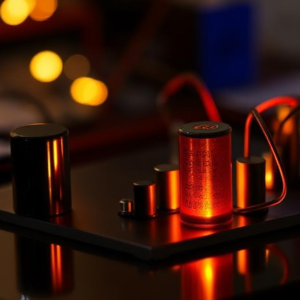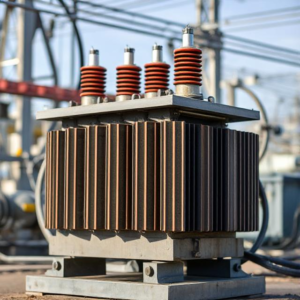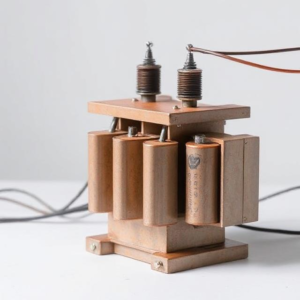In electronics, coupling refers to the process of transferring a signal or power from one circuit to another. It’s like passing a message between different parts of an electronic system.
Coupling can be done in various ways depending on the type of signal (AC or DC) and the design of the circuit. Let’s break it down to make it simple.

Types of Coupling
- AC Coupling
- DC Coupling
- Transformer Coupling
- Capacitive Coupling
- Inductive Coupling
1. AC Coupling
- What is it?: AC coupling allows alternating current (AC) signals to pass from one part of a circuit to another while blocking direct current (DC) signals.
- Why use it?: Sometimes, you want to transfer the AC signal without letting any unwanted DC component interfere.
- How does it work?: This is typically done using a capacitor. The capacitor blocks DC (because it doesn’t let a steady current pass through) but allows the AC signal to pass through.
Example: In an audio amplifier, AC coupling can be used to block any DC voltage from reaching the speakers, ensuring only the audio signal (AC) is passed through.
2. DC Coupling
- What is it?: DC coupling allows both AC and DC signals to pass through. In this type of coupling, the DC component is not blocked.
- Why use it?: DC coupling is useful when both the AC signal and any DC voltage need to be transferred to the next stage of the circuit.
- How does it work?: It involves connecting the circuits directly without using any components like capacitors or transformers. This is the simplest form of coupling.
Example: DC coupling is often used in low-frequency signal applications or where the DC component of the signal is important (like in power supplies).
3. Transformer Coupling
- What is it?: Transformer coupling uses a transformer to transfer energy between circuits. It is used to isolate different parts of a circuit while allowing energy transfer.
- Why use it?: It provides isolation, meaning no direct electrical connection between the two circuits, and can also step up or step down voltage levels.
- How does it work?: A transformer has primary and secondary coils. The AC signal in the primary coil creates a magnetic field, which induces a current in the secondary coil, transferring the signal.
Example: In a power supply, a transformer can be used to step up or step down the AC voltage to the required level.
4. Capacitive Coupling
- What is it?: Capacitive coupling involves using a capacitor to transfer an AC signal between two parts of a circuit, while blocking DC.
- Why use it?: It’s particularly useful in preventing DC from flowing between stages of a circuit but allowing AC signals to pass.
- How does it work?: The capacitor allows AC signals to pass through because it charges and discharges with the changing current, but it blocks DC because the capacitor can’t pass steady current.
Example: In a radio receiver, capacitive coupling is used to pass the audio signal without any unwanted DC components.
5. Inductive Coupling
- What is it?: Inductive coupling uses inductors (coils of wire) to transfer signals between circuits. It works based on the principle of electromagnetic induction.
- Why use it?: It is used in situations where you want to transfer signals without direct electrical contact, often for higher frequency signals.
- How does it work?: When an alternating current flows through an inductor, it creates a changing magnetic field. This magnetic field can induce a current in another nearby inductor, thus transferring the signal.
Example: Wireless charging systems use inductive coupling to transfer power from the charging pad to the device.
Why is Coupling Important in Electronics?
- Signal Transfer: Coupling allows signals to be transferred between different stages of a circuit without interference. For example, in an amplifier, the input signal needs to be transferred to the amplifier without distortion.
- Signal Isolation: It helps isolate parts of a circuit. For example, AC coupling can isolate the DC bias of one part of the circuit from another, ensuring only the desired AC signal is passed.
- Voltage Matching: Certain coupling methods (like transformer coupling) allow the voltage to be stepped up or down, which is essential in power applications.
Simple Analogy:
Imagine you’re passing a note from one person to another, but you want to make sure you only pass the important part of the note (the message) and not the rest (like the envelope, which represents DC). You use a special method, like folding the note in a way that only the important part gets passed along—this is like coupling.
Summary:
Coupling in electronics is all about transferring signals (AC or DC) between different parts of a circuit in the most efficient and controlled way. Depending on whether you want to pass both AC and DC signals, or just the AC part, you’ll choose different coupling methods like capacitive, transformer, or inductive coupling. Coupling is essential to ensure that your circuits work together properly without interference.











